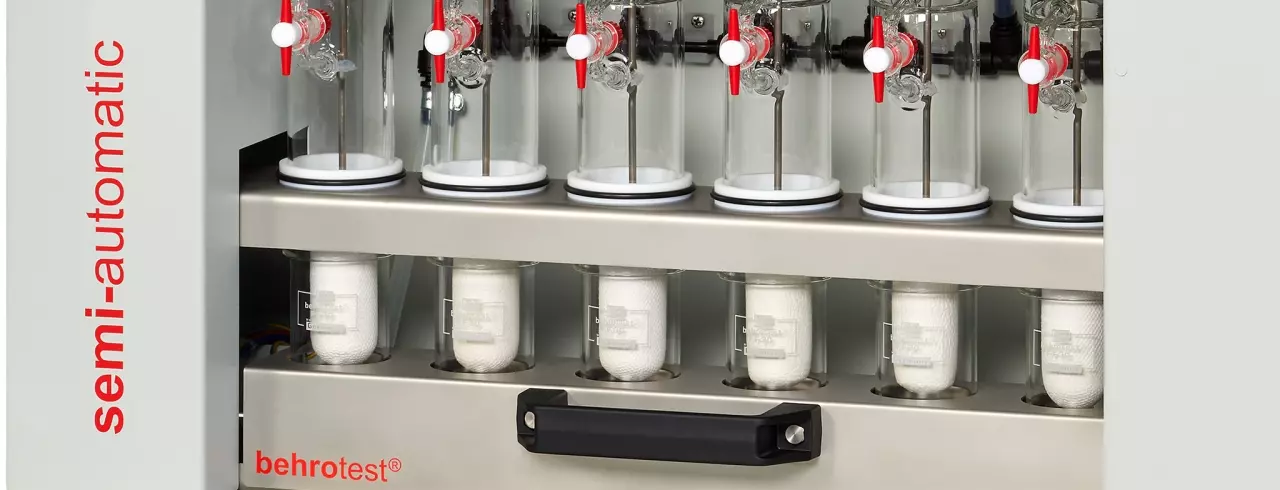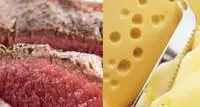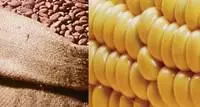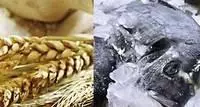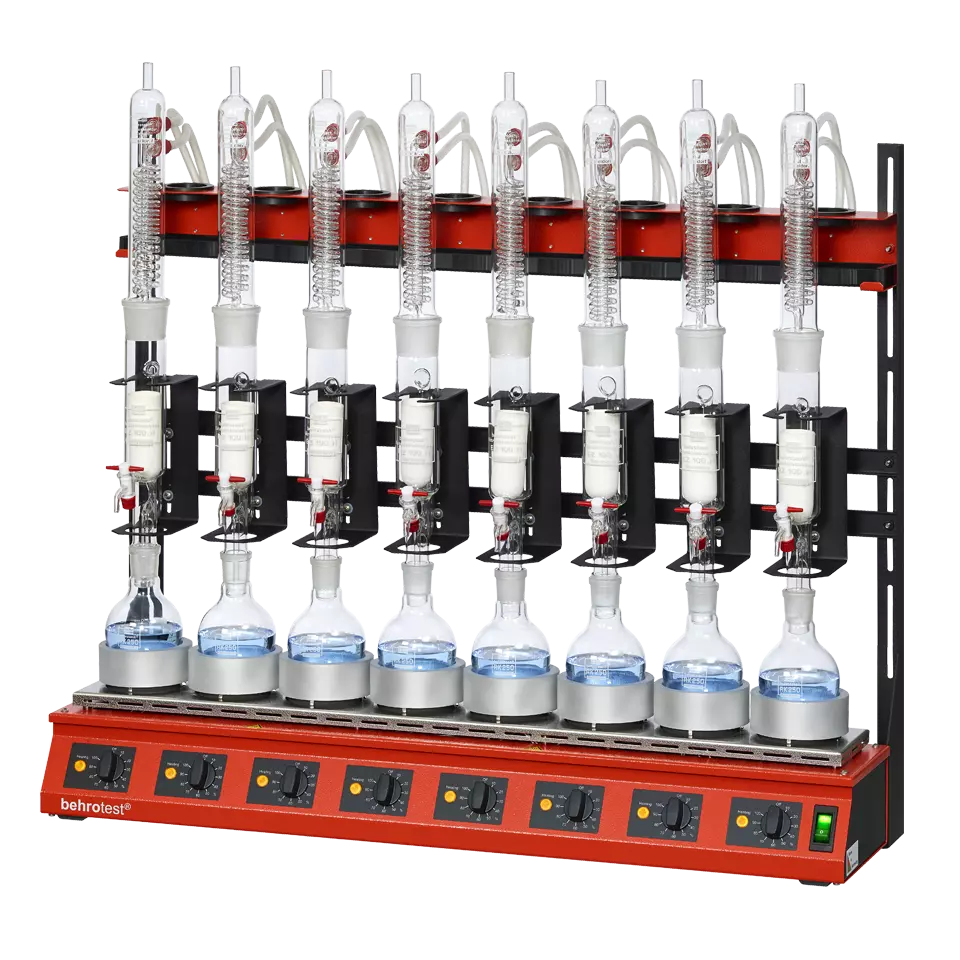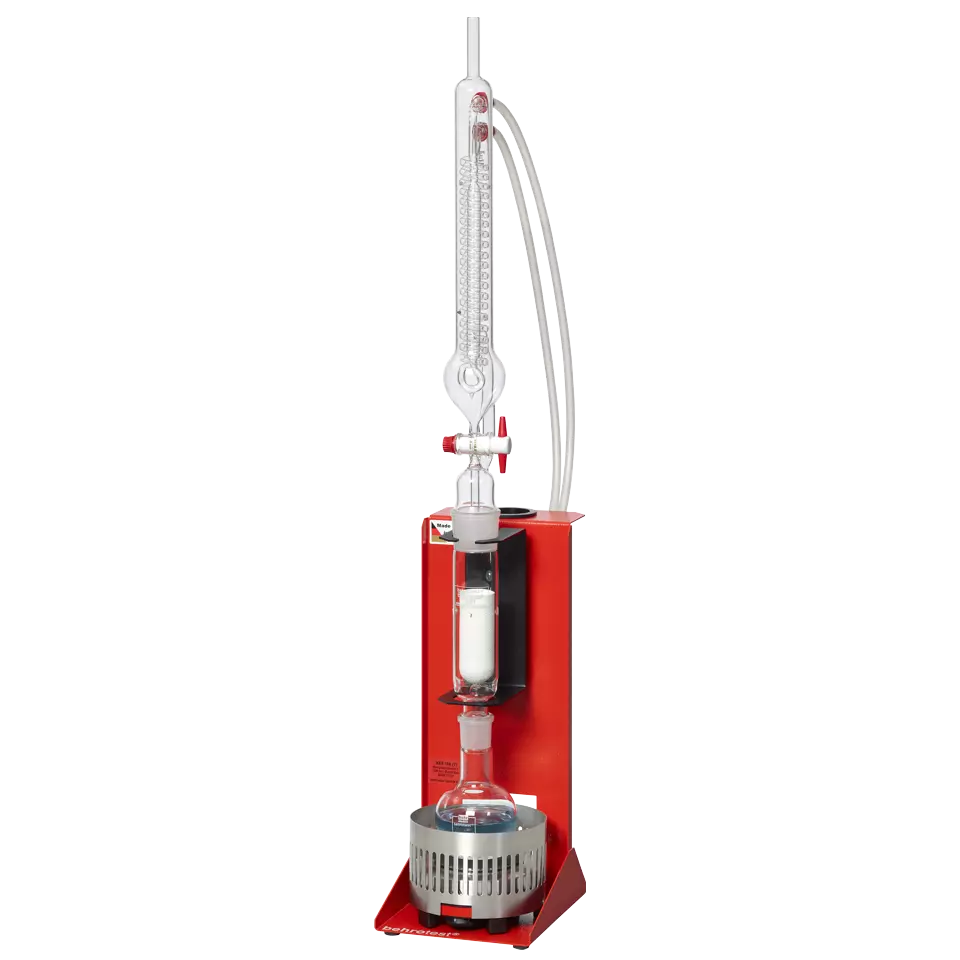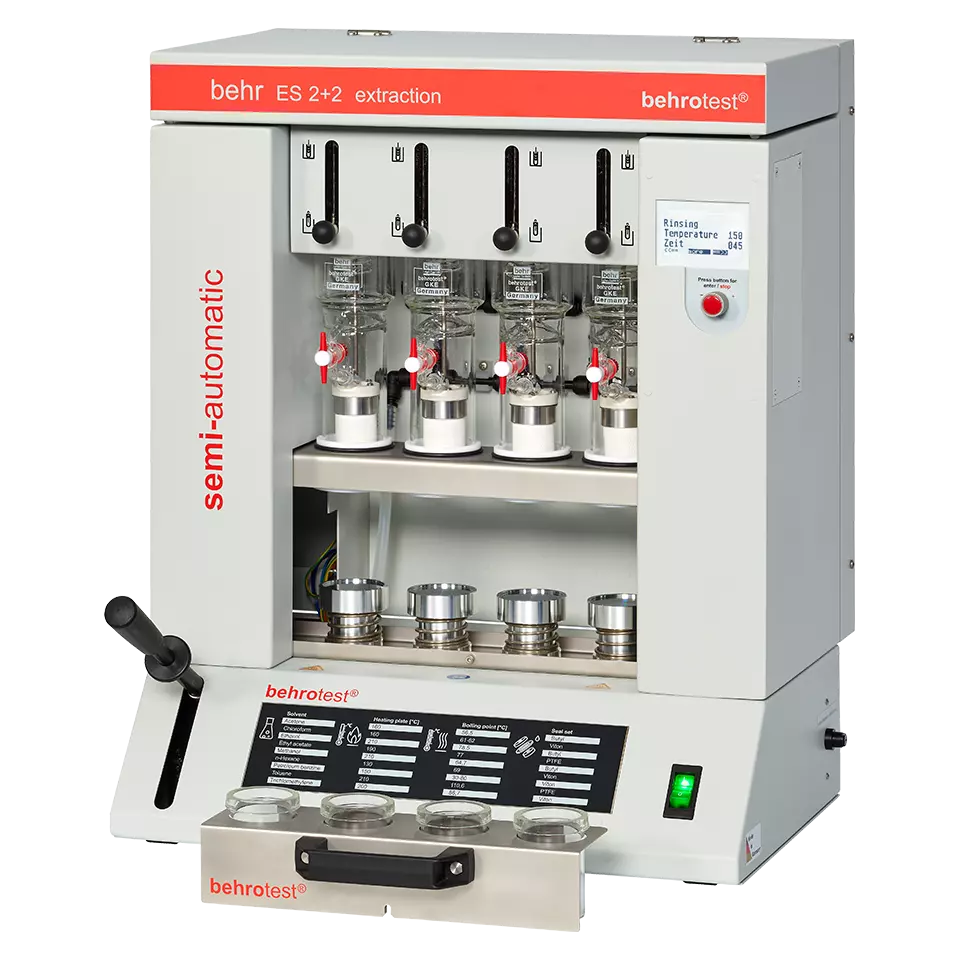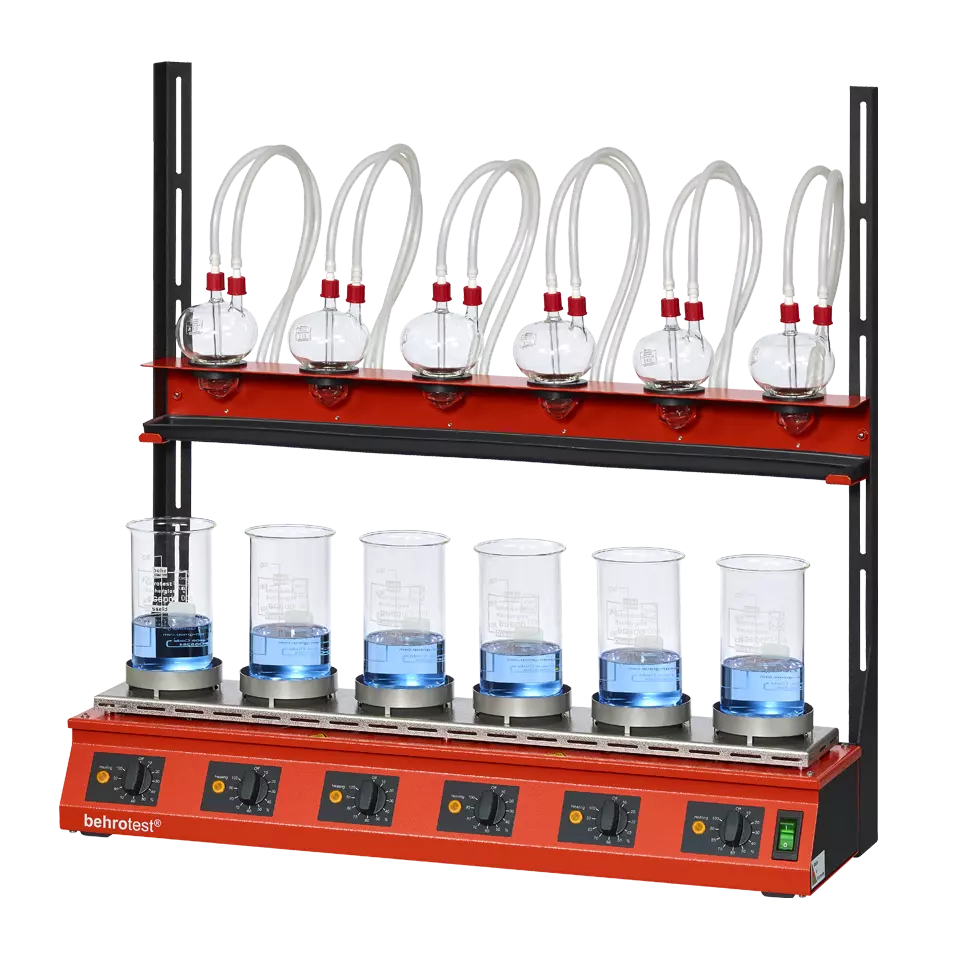Soxhlet extraction
The standard method for extraction is the Soxhlet method.
behr equipment for Soxhlet extraction comply with the most various requirements of daily laboratory routines.
Complete single extraction units with basic rack, heating device, holder, hoses and glassware (reaction flasks, extractor, Dimroth condenser for extraction). Infinitely variable heating regulation
Direct introduction of solvent after the extraction cycle into the reservoir.
- 30 ml extraction - 100 ml round bottom flask - glass cooler
- 60 ml extraction - 250 ml round bottom flask - Glass cooler
- 100 ml extraction - 250 ml round bottom flask/flat-bottomed flask - Glass condenser/Titanium condenser
- 250 ml extraction - 500 ml round bottom flask/flat-bottomed flask - Glass condenser/Titanium condenser
- 500 ml extraction - 1000 ml round bottom flask - Titanium condenser
- 1000 ml extraction - 2000 ml round bottom flask - Titanium condenser
- 2000 ml extraction - 5000 ml round bottom flask - Titanium condenser
- 5000 ml extraction - 10.000 ml round bottom flask - Titanium condenser

